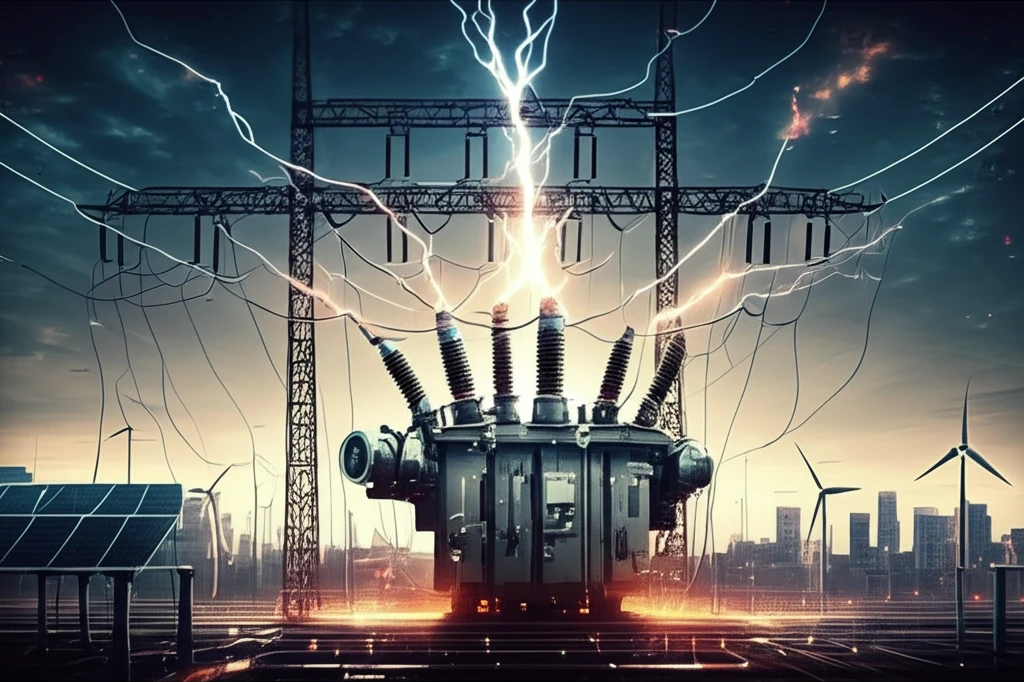
Powering the Future: How Controlled Switching is Revolutionizing Transformer Efficiency
"Unlock the secrets of controlled switching for power transformers and discover how it's enhancing grid stability and reducing energy waste."
In today's world, power transformers are the unsung heroes of the electrical grid, quietly ensuring that electricity reaches homes and businesses reliably. These vital components, often representing a significant investment in power systems, face numerous challenges, including the risk of inrush currents during energization. Random energization can lead to substantial inrush currents, causing voltage drops, stress on equipment, and potential grid instability.
Fortunately, a groundbreaking solution known as controlled switching has emerged, offering an effective and economical way to mitigate these inrush currents and optimize transformer performance. Controlled switching involves precisely timing the closing of circuit breakers to minimize the initial surge of current, leading to smoother, more efficient transformer energization. This article delves into the intricacies of controlled switching, exploring its benefits, applications, and future implications for the power industry.
Imagine a scenario where power transformers energize seamlessly, without causing voltage dips or stressing the electrical grid. This vision is becoming a reality thanks to controlled switching technology, which is revolutionizing the way transformers operate and contributing to a more resilient and sustainable energy future.
The Science Behind Controlled Switching

At its core, controlled switching is based on the principle of managing the magnetic flux within a transformer during energization. When a transformer is randomly energized, the magnetic flux can experience a sudden surge, leading to high inrush currents. Controlled switching aims to minimize this surge by synchronizing the closing of circuit breakers with the voltage waveform, ensuring a smoother transition and reducing the magnitude of the inrush current.
- Reduces grid voltage drop during transformer energization.
- Mitigates high inrush current by controlled de-energization.
- Locks residual flux at the lowest level possible.
- Employs verified methods for estimating residual flux based on inrush peaks.
Looking Ahead: The Future of Controlled Switching
As the demand for electricity continues to grow and grids become more complex, controlled switching will play an increasingly vital role in ensuring the reliable and efficient operation of power transformers. Ongoing research and development efforts are focused on refining control algorithms, improving measurement accuracy, and expanding the application of controlled switching to a wider range of transformer types and grid configurations. By embracing this innovative technology, the power industry can pave the way for a more resilient, sustainable, and efficient energy future.
